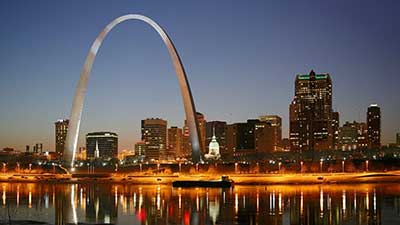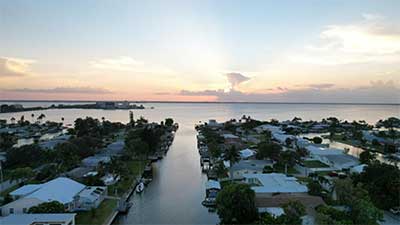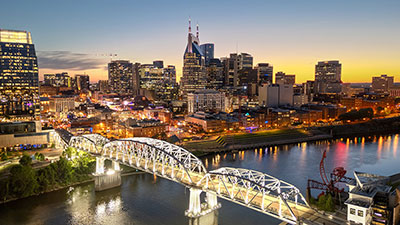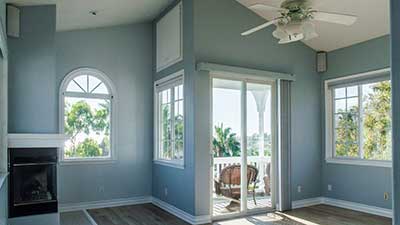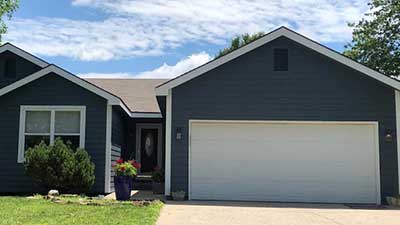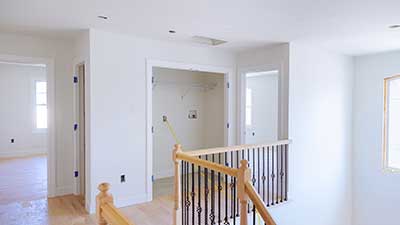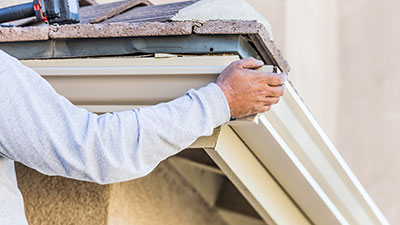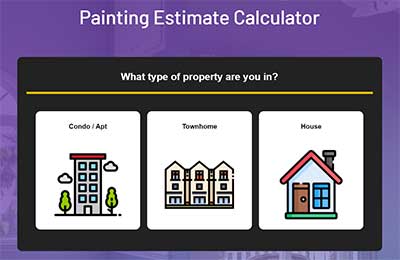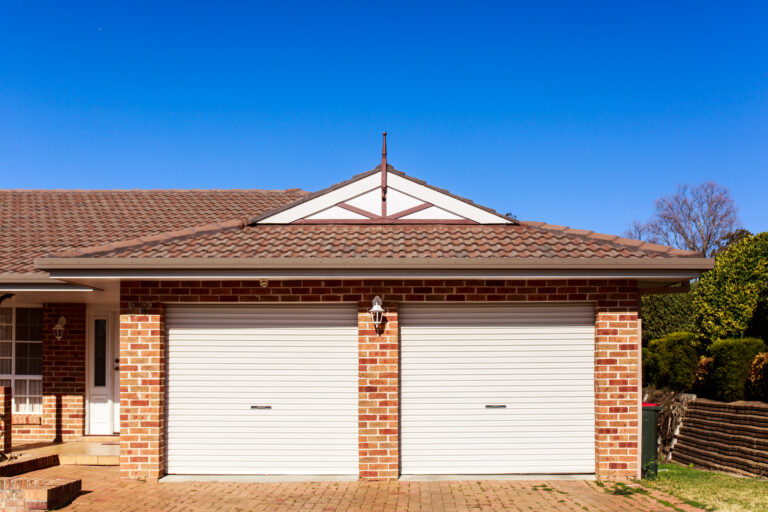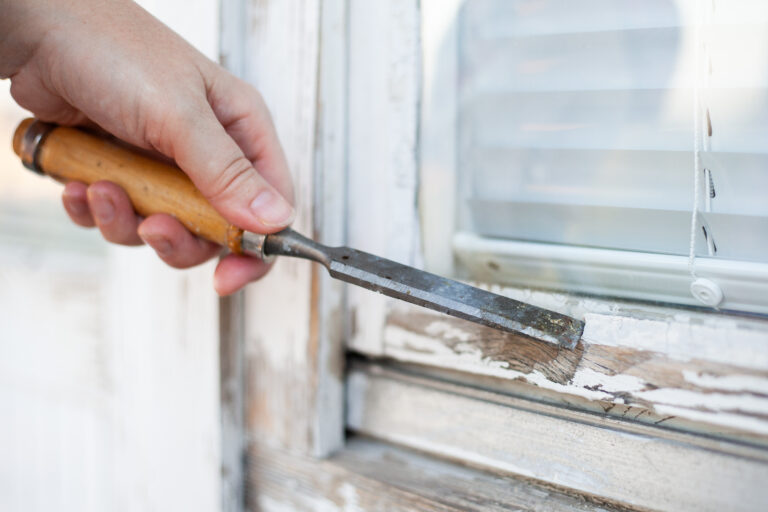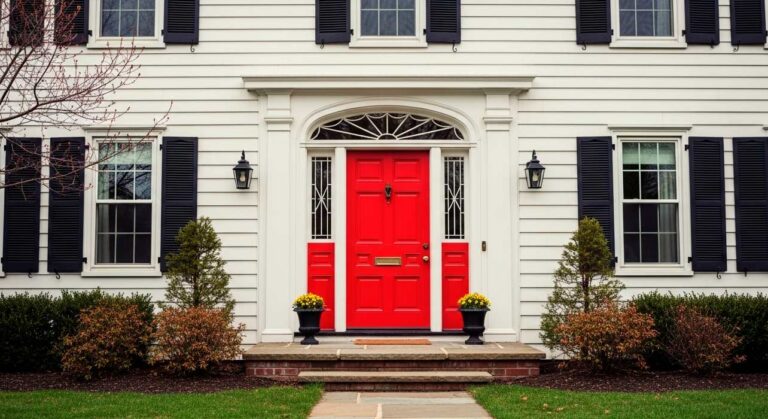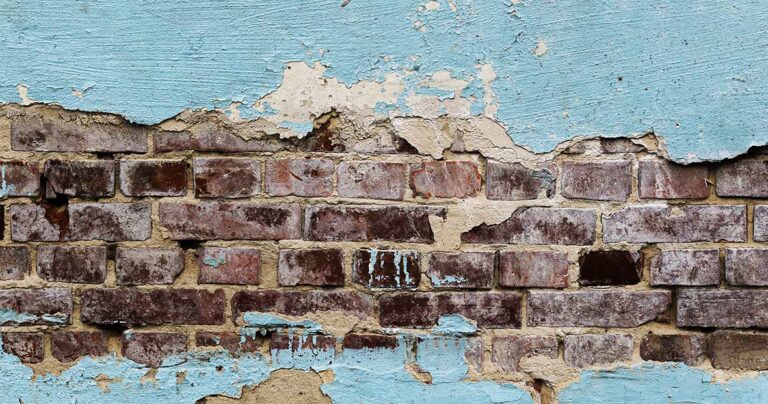


A fresh coat of paint can do wonders for a room, and painting the ceiling is a great way to freshen up your home. But before you start painting, you need to calculate the cost of the project. The cost of painting a ceiling will depend on several factors, including the type of paint, the size of the room, and whether you hire a professional or do it yourself. In this article, we’ll break down all the costs involved so you can budget for your project.
Cost to Paint a Ceiling
The cost to paint a ceiling will depend on the size of the surface area being painted and the type of ceiling you have. Certain ceiling types are more difficult to paint than others, so this will also affect total cost.
If you are planning on painting a ceiling in your home, it is important to know how much it will cost so that you can budget accordingly.
Size Of The Room
Hiring professional ceiling painters to help with a painting project in your home usually means paying by the square foot. The larger the room, the more square footage there is to paint, and it will cost more to have it painted.This is because not only does the size of the room impact the paint and material costs, but also the labor costs associated with painting a larger space.
To get a sense of how much paint you’ll need, plan on one gallon for every 350 square feet. So, if your room is 700 square feet, you’ll need two gallons of paint.
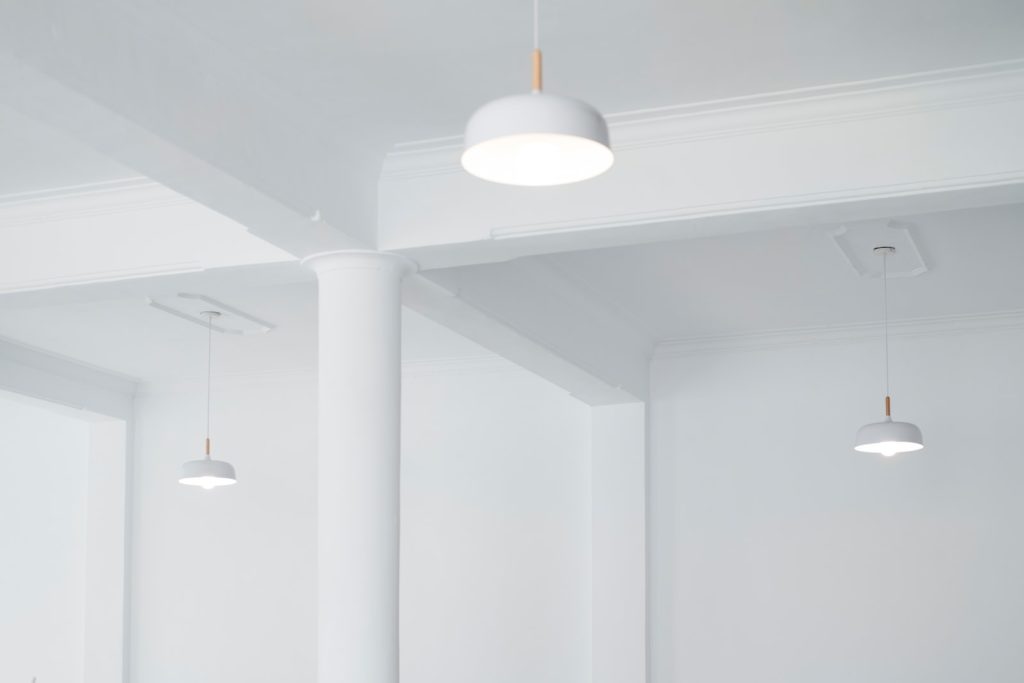
By Type
There are a few types of ceilings out there, and each one will have a different cost to paint. In general, most ceilings are just smooth surfaces. But in historic homes or unique rooms, you may find decorative plaster, tin, or other types of ceilings. Here’s a quick rundown of the most common types of ceilings.
Smooth Ceiling: The vast majority of ceilings are smooth, and they’re easy (and inexpensive) to paint. You can expect to pay $1 to $2.50 per square foot for paint and supplies if you hire a contractor.
Popcorn Ceiling: : This is a textured ceiling that has been around since the 1930s through the 1990s, but they’ve fallen out of favor in recent years. They were popular because they were easy to install and hide imperfections in the ceilings. If you want to remove the texture entirely before painting, it will cost between $2 and $6 per square foot. Part of this cost goes toward laying down a plastic containment field to get all of the particles and dust. A lot of the variance in price is related to how difficult it is to scrape off the popcorn ceiling. If it’s easy, removal can be less expensive and faster, but removing the more difficult popcorn will take longer and leave a very uneven surface that will require one or two skim coats -essentially a thin drywall patch. Plus there is sanding needed between coats and then priming and finally painting. If you pay upfront for the popcorn removal, you’ll often pay more to cover the variance in price. Other painting companies will charge a nominal upfront charge and then add an additional fee depending on difficulty.
Ceiling Grid or Drop Tiles: If your ceiling has a grid system or drop tiles, painting will be a bit more tricky. You’ll need to remove the tiles before painting, which will add to the overall cost. Once the tiles are removed, painting will cost $1 to $3 per square foot.
Exposed Basement Ceiling: If your basement ceiling is exposed, you may want to finish it with drywall before painting or consider painting the exposed ceiling as-is. They can be challenging to paint because of the awkward angles and tight spaces. But if you’re up for the challenge, it can be a fun project. Some contractors will also install drywall as part of the job. We’ll do this for $6 per square foot or paint the exposed areas for around $2.
Ceiling Painting Cost Factors
When it comes to painting your ceiling, there are a few different cost factors to keep in mind. Some of these cost factors include:
Labor Costs
The cost of labor will depend on whether you hire a professional or do it yourself. If you decide to tackle the project yourself, there won’t be any labor costs beyond your own time.
Most professional painters will bid the entire project, rather than charging by the hour, which includes all work hours. Some painting contractors may charge by the hour, but be wary of this pricing structure, as it may end up costing you more in the long run.
However, if you hire a professional painter, you can expect to pay $25-$50 per hour.
For example, let’s say it takes two painters to paint a small bathroom ceiling that’s 8 feet high, it should take about four hours to complete the job (not including set-up and clean-up time). This means the labor cost would be $100-$200 if you hired a professional painter.
But if those same two painters were working on a large high bedroom ceiling (10 feet), it would likely take them six hours each to finish the job. That would come out to a total labor cost of $600 (6 hours x $50 per hour x 2 painters). As you can see, increasing the size of the room and/or the height of the ceilings can have a big impact on labor costs.
Type Of Paint
Not all paints are created equal. Better paint quality will cost more upfront, but will save you money in the long run because it will last last longer and provide better coverage.
There are five main types of paint sheens: flat/matte, eggshell, satin, semi-gloss, and high gloss.
Flat hides imperfections and touches up easily. it is not washable. High gloss is the most durable, but reflects every imperfection when light hits it. Flat is good for ceilings, large areas of house exteriors, garage walls. Matt/velvet is great for interior walls of homes that don’t have kids or pets.
Eggshell is most common for interior walls as it hides well but is still washable. Satin in summon for exterior trim. Semi gloss is common for interior trim and front doors. High gloss is reserved for expertly done cabinets.
Prep Work
Before painting a ceiling, there are some important prep work tasks that need to be completed. This usually takes longer than the actual painting, but it’s important to do a good job so that the paint will look great and last for a long time. Your painter will likely tape off all edges, move furniture, and put down clothes to protect your furniture and floors.
Ceiling Height:
The average ceiling height is eight feet, but if you have an entryway with a vaulted ceiling, for example, it will cost more to paint. Higher ceilings will require more paint and labor, and will therefore be more expensive. But the results will be worth it – a freshly painted ceiling will add beauty and value to your home.
Trim and Crown Molding
One of the main factors that contributes to the cost of painting a ceiling is the trim and crown molding. This is not typically included in the base price to paint your ceiling, and can therefore end up costing you more money. Crown molding painted while your ceilings are being painted will cost between $0.50 and $1.50 per linear foot. However, if you only need the crown molding painted, it will cost you $1 to $3.50 per linear foot. It is generally better to paint the crown molding alongside the ceilings in order to save money.
Ceiling Condition
The condition of your ceiling is one of the most important factors when it comes to painting costs. If your ceiling is in good condition, then painting it will be relatively straightforward and won’t require too much prep work. However, if your ceiling is in poor condition – for example, if it has cracks or water damage – then you’ll need to factor in the cost of additional prep work, which will drive up the overall cost of painting.
Supplies and Materials Costs
Ceiling painting costs will vary based on the type of paint you use and the complexity of the job. Latex paint is less expensive than oil-based paint, but it doesn’t always adhere well to ceilings. If you’re painting over an existing layer of paint, you may be able to get away with using latex paint. However, if the ceiling is bare drywall or has never been painted before, you’ll need to use an oil-based primer and then top it off with latex paint. If you’re painting a small, simple ceiling, you can expect to pay less than if you’re painting a large, complex ceiling. This will add to the cost of supplies and materials.
You’ll also need to factor in the cost of supplies like drop cloths, masking tape, and brushes. These items can be reused on future projects, so they’re not a total loss. However, they do add to the upfront cost of the project.
Finally, you’ll need to calculate how much paint you’ll need. A good rule of thumb is one gallon of paint for every 300 square feet. So if your ceiling is 900 square feet, you’ll need about 3 gallons of paint.
Doing It Yourself Vs Hiring A Professional
When it comes to painting your ceiling, you have two options: doing it yourself or hiring a professional. If you’re considering taking on the task yourself, be aware that it’s not as easy as simply rolling paint onto the ceiling. You’ll need to invest in supplies, and the process can be quite repetitive and physically demanding (not to mention messy). Expect to spend around $200 on supplies, and be prepared for a project that will take several days to complete.
If you’d rather not deal with the hassle and mess of painting your ceiling yourself, your other option is to hire a professional painting contractor. This will obviously come at a cost, but it will save you time and hassle. Plus, a professional will be able to do a much better job than you could, and they won’t leave any paint marks on your ceiling (or anywhere else). Expect to pay around between $1-$4 per square foot of painted surface area. So, if your ceiling is 700 square feet, the total project could cost between $700 and $2800.
Not sure? Get a quick quote from us or read why it may be worth it to hire a pro.
Conclusion:
The actual cost will depend on the size of your ceiling, the type of paint you use, and any special features or treatments you want to add. If you’re not comfortable painting your own ceiling, you can always hire a professional painter to do the job for you.
